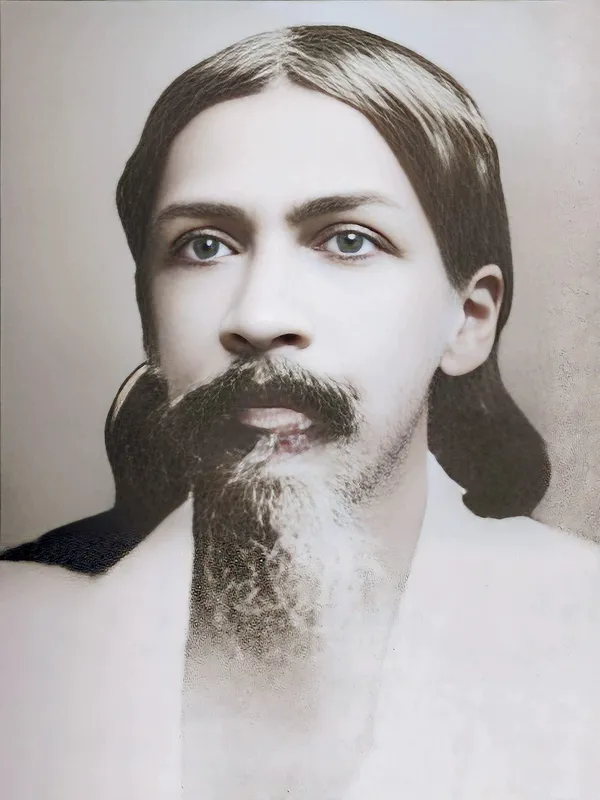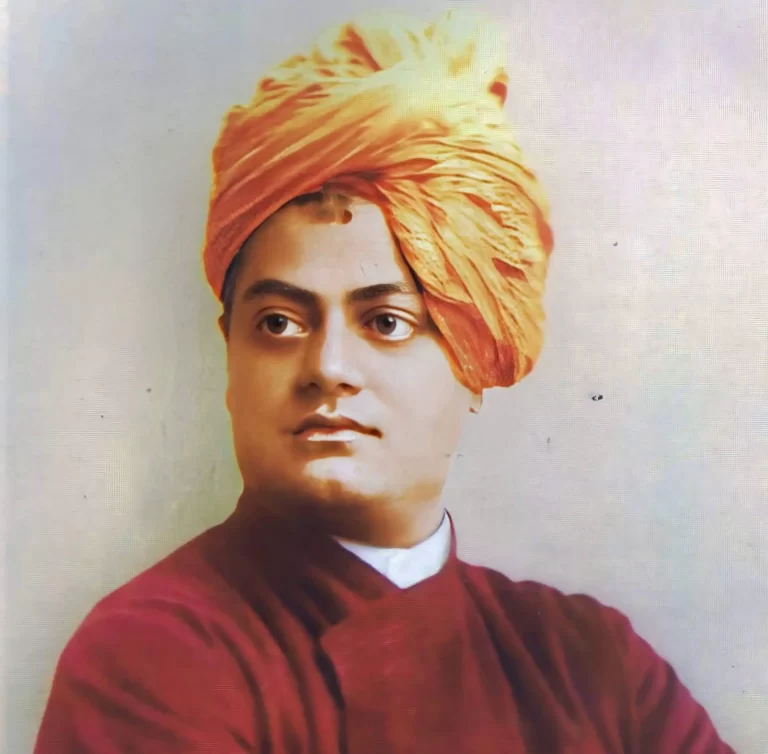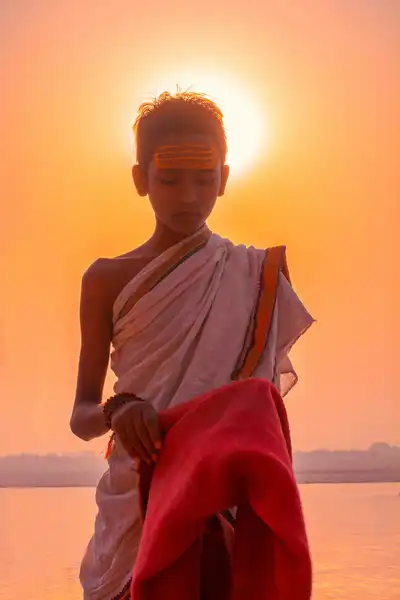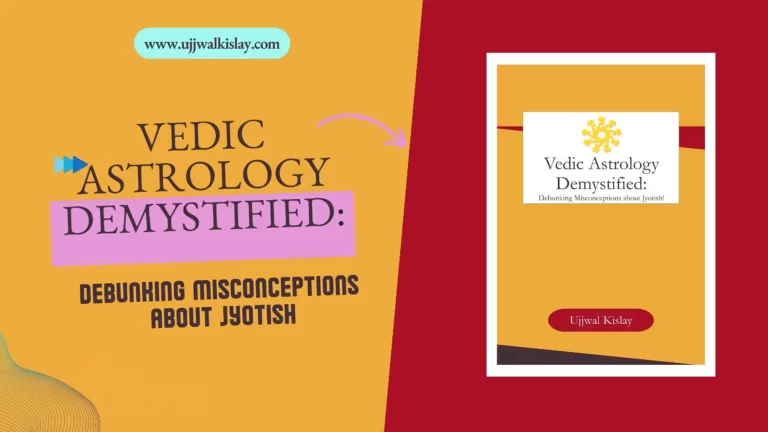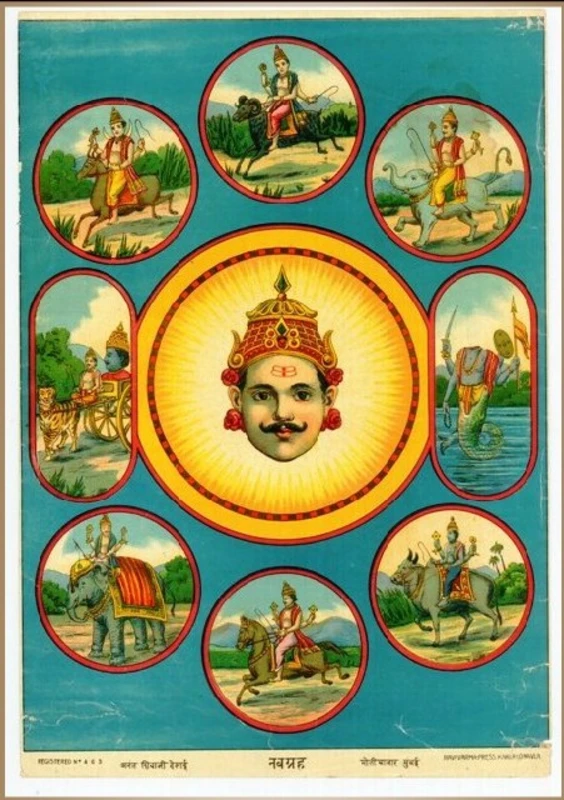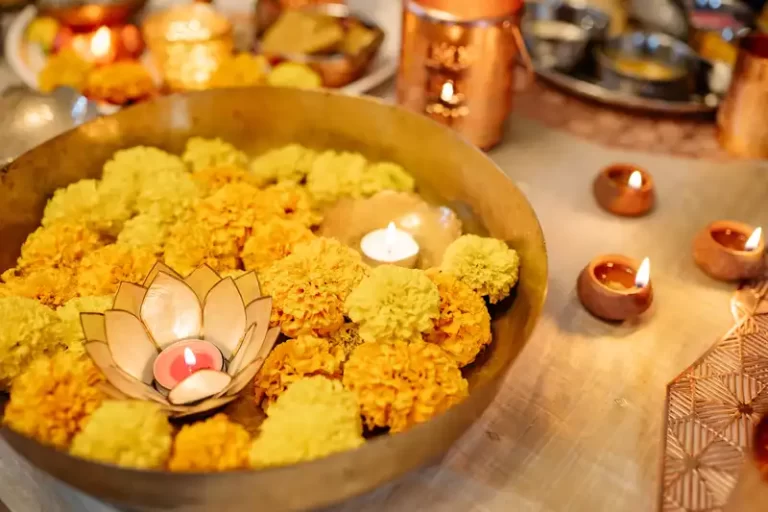Hindu Deities: Discovering the Exquisite Pantheon of Hindu Gods and Goddesses
Introduction to Hindu Deities:
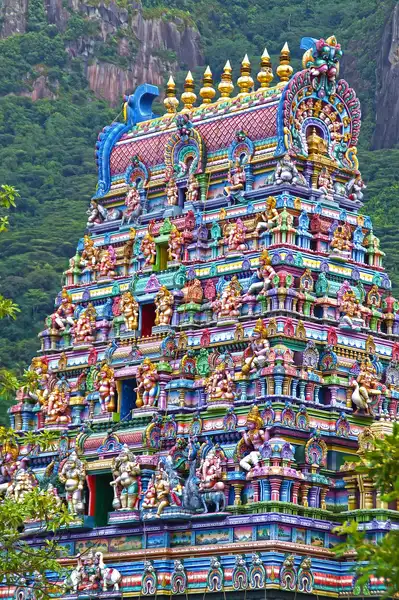
The elaborate pantheon of Hindu Deities resonates as a testament to the fusion of beliefs and cultures across epochs. Every Deity, with its idiosyncratic traits and narratives, refracts the kaleidoscope of human experiences and aspirations. From Shiva, the Adiyogi, to Krishna, the Yogeshwar, these divine personas encapsulate life’s multifaceted dimensions.
Embedded within ancient doctrines and observances, Hindu Deities serve as conduits between mortal and celestial domains. Ceremonies, invocations, and tributes bind devotees to spiritual forces. Hindu Deities like Saraswati and Lakshmi cater to distinct exigencies, while archetypal personas like Rama and Krishna exemplify virtues such as duty and devotion. Myths sculpt cultural identity, enriching countless lives.
Hindu Deities ignite ingenuity across arts, literature, music, and dance, permeating human expression. Festivals punctuate the Hindu timetable, fostering cohesion and a shared spiritual pulse.
Ultimately, this intricate pantheon mirrors the intricate tapestry of human intricacy embedded within beliefs. Hindu Deities establish conduits to the numinous realm, guiding, spurring, and incarnating virtues. Their tales sculpt cultural manifestations, embellishing the mosaic of human existence.
Hindu Deities in Vedic Era:
Vedic gods allude to the celestial beings venerated in the age-old Indian Vedas. These revered scriptures constitute Hinduism’s bedrock and offer a window into ancient India’s spiritual and societal customs. Within the Vedas, myriad deities are enshrined, embodying diverse facets of nature, cosmic energies, and human life. Among the eminent Vedic gods are:
- Indra: Regarded as deity-king, Indra reigns over thunder, rain, and combat. Esteemed in the ancient Vedic era, he wields dominion over the weather, safeguarding people.
- Agni: The fire god, Agni, bridges man and divine. Vedic rituals hinge on fire (yajnas), and Agni acts as an emissary, ferrying offerings to gods.
- Varuna: Linked to cosmic order and moral law, Varuna guards cosmic balance (Rta). Just and sagacious, he punishes transgressors of the moral code.
- Mitra: Often paired with Varuna, Mitra embodies goodwill, pacts, and truthfulness. “Mitra-Varuna” signifies cosmic-moral equilibrium.
- Soma: Deity and potion, Soma’s role is pivotal. Ceremonies pivoting on Soma’s elixir are core in Vedas. Soma symbolizes insight, divine lore, and rapture.
- Ushas: Dawn’s goddess, Ushas heralds light’s advent from the darkness. Bringer of vitality, optimism, and illumination.
- Vayu: Wind’s god and life’s sustainer, Vayu breathes existence. Tied to breathe and vital force.
- Rudra: Rudra, an intricate deity, spans ruin and grace. In later Hinduism, Rudra transforms into Shiva — a harbinger of creation, dissolution, and transformation.
Noteworthy is the evolution of the Vedic divine ensemble. Shifts occurred, elevating certain gods in later Hinduism, while some were substituted or amalgamated. These Hindu Deities wielded profound influence, molding both ancient and modern Hinduism’s spiritual and intellectual terrain.
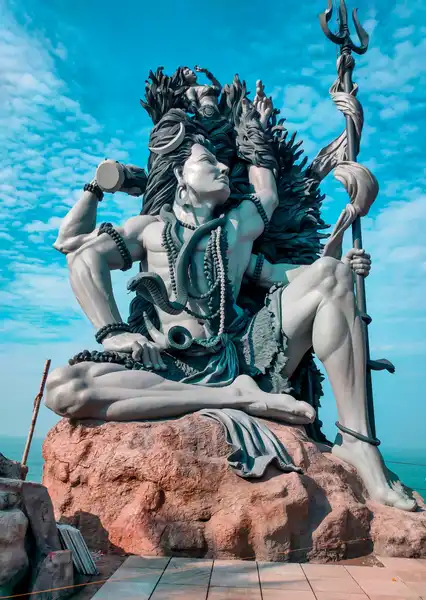
33 Hindu Deities:
The concept of 33 Koti Devta holds significance in Hinduism. Yet, it’s vital to grasp its true essence. The term is often misconstrued as “33 crore gods.” However, “koti” signifies a category, not the numeral 33.
In Sanskrit, “koti” implies “type” or “group.” When mentioning “33 koti Devta,” it designates 33 distinct divine categories, not a fixed count of 33 crores (330 million) gods. The celestial assembly comprises:
- Eight Vasus – Dyaus (sky), Prithvi (earth), Vayu (wind), Agni (fire), Nakshatra (stars), Varuna (water), Surya (sun), Chandra (moon).
- Twelve Adityas – Vishnu, Aryaman, Indra (Shakra), Tvashtr, Varuna, Bhaga, Savitr, Vivasvat, Amsha, Mitra, Pushan, Daksha.
- Eleven Rudras – Aja, Ekapada, Ahirbudhanya, Tvasta, Rudra, Hara, Sambhu, Trayambaka, Aparajita, Ishana, Tribhuvana, and last but not the least
- Two Ashvins (Nasatyas), the solar twin brothers.
The Trimurti:
The Trimurti concept lays the cornerstone of Hindu cosmology, embodying the very essence of cosmic orchestration: genesis, perpetuation, annihilation. Brahma, Vishnu, and Shiva stand as living embodiments of existence’s perpetual rhythm, where genesis gracefully yields to preservation, only to cascade into the tumultuous embrace of annihilation, birthing renewal.
Brahma, the architect, adorns his visage with four heads, each an ode to the Vedas, while his four arms bear the weight of innovative fervor.
Vishnu, the sentinel of equilibrium, descends in myriad avatars – Rama, Krishna – resuscitating order from chaos. He luxuriates upon Shesha in the cosmic ocean, an icon of preservation amidst infinite expanse.
Shiva, the cosmic alchemist, transmutes and ascends, his third eye an emblem of unfathomable insight, his ashen veneer an evanescent nod to impermanence. Within his meditations and celestial gyrations, creation and obliteration waltz, an eternal pas de deux.
These Hindu Deities intertwine, a symphony of cosmic congruence. Brahma’s tapestry of creation finds nurturing arms in Vishnu, while Shiva’s dance of destruction clears the stage for poignant rebirth. Narratives entwine them in collaborative cosmic choreography, an eternal dance of cosmic equipoise.
The Trimurti unfurls the creation’s intricate ballet, where Brahma, Vishnu, and Shiva choreograph the grand cycles of life. Their sagas mirror the very tapestry of human forces, an esoteric revelation of the interwoven cosmic saga and life’s kaleidoscopic interplay.
Devi: The Divine Feminine:
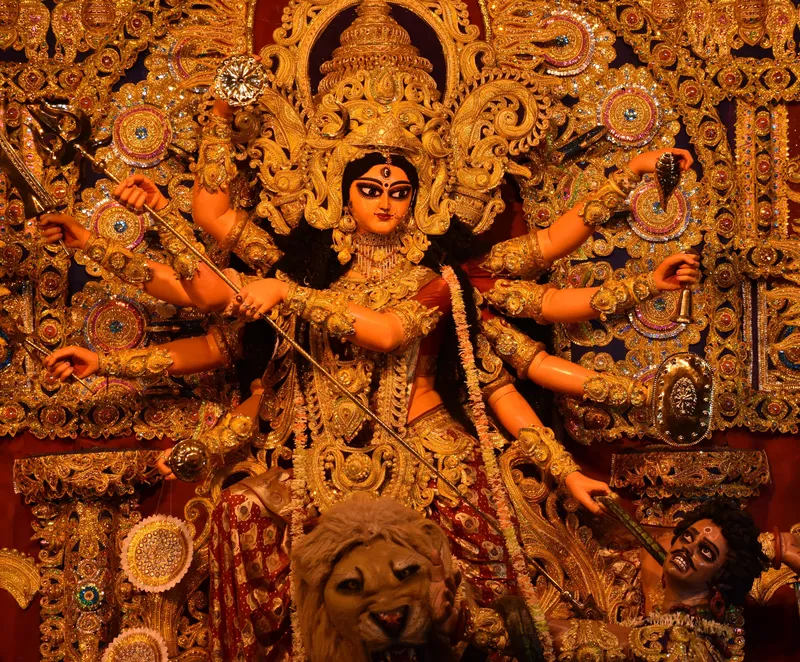
The Devi concept effortlessly traverses boundaries, embodying cosmic vitality and nurturing vitality. In Hinduism, Devi emerges as the quintessential mother goddess, encapsulating a blend of fierce and nurturing virtues. Various goddess manifestations uniquely channel this potent essence.
Durga and her 9 forms as Navdurga, vanquishes malevolence, an emblem of virtue’s ascendancy. Kali encapsulates both genesis and obliteration, her untamed visage a portrayal of primeval dynamism. Her dance signifies liberation from the ego’s shackles.
Lakshmi, the goddess of opulence, showers abundance and harmony. Adorned with lotus and gold coins, invoked during Diwali for prosperity’s influx. Saraswati, the patron of knowledge and aesthetics, sparks intellect and innovation.
These female Hindu Deities archetypes resonate as human touchstones. They forge links to the numinous, inspiring bravery, empathy, and self-revelation. Devotion venerates the divine feminine and cosmic equilibrium.
Vishnu Avatars:
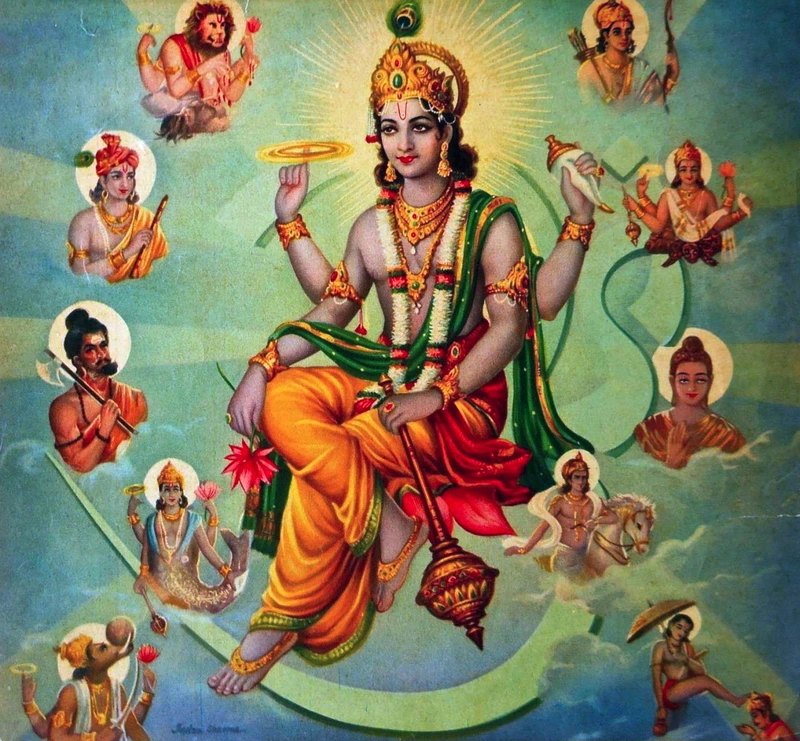
The notion of Vishnu Dashavatara holds pivotal status in Hindu theology, encapsulating the idea that the supreme deity, Lord Vishnu, assumes diverse incarnations to reinstate cosmic equilibrium and steer humanity. These avatars materialize as celestial interventions during tumultuous transitions, carrying profound allegorical implications. Prominent among these are Rama and Krishna, both brimming with compelling narratives and profound life lessons.
Rama, the seventh avatar, epitomizes unswerving commitment to duty, rectitude, and dharma. The epic Ramayana chronicles his quest to rescue Sita from the demon king Ravana. Rama embodies the attributes of a virtuous ruler, devoted son, and honorable warrior, foregrounding moral rectitude and the triumph of righteousness over malevolence.
Krishna, the eighth avatar, embodies the divine conductor, disseminating wisdom through the tapestry of his life. The Bhagavad Gita, a discourse between Krishna and the warrior Arjuna, encapsulates his philosophy on obligation, spirituality, and existence’s essence. Krishna’s multifarious persona as a confidant, lover, and mentor, coupled with his celestial interventions, underscores his role in upholding cosmic harmony.
While Rama and Krishna enjoy familiarity, lesser-known avatars also wield influence over cosmic harmony. Narasimha, the half-man, half-lion manifestation, surged forth to shield Prahlada from demon monarch Hiranyakashipu. Varaha, the boar avatar, extricated the Earth goddess from the cosmic waters. Parashurama, the axe-wielding warrior, emerged to cleanse the world of despotic rulers.
These lesser-lauded Hindu Deities are pivotal in maintaining universal equipoise, illuminating Vishnu’s commitment to obliterating malevolence and shepherding humanity through trials. The array of avatars underscores Vishnu’s versatility across various contexts, their tales serving as allegories for human intricacies and the pursuit of truths.
Other Hindu Deities:
Hinduism encompasses a myriad of deities, each uniquely endowed with significance. Ganesha, Murugan, and Hanuman stand as conspicuous exemplars, enriching the kaleidoscope of Hindu mythos and spirituality.
Ganesha, the vanquisher of obstacles and patron of wisdom, garners adoration for his symbolism. His iconography and rituals, beyond surmounting challenges, underscore humility and sacrifice’s essence on the voyage toward spiritual evolution.
Murugan’s affiliation with triumph, valor, and safeguarding strikes a resounding chord, especially within South India’s cultural tapestry. His narrative inspires resilience in the face of adversity, and steadfastness in upholding righteousness. Festivals like Thaipusam spotlight his eminence, impelling adherents to infuse akin virtues into their own lives.
Hanuman’s loyalty, fearlessness, and devotion render him a venerated paragon. Devotees seek his inspiration to surmount hurdles and persist in their spiritual odyssey. His chronicle extols selfless service’s potency and unflinching faith’s capacity to surmount the seemingly insurmountable.
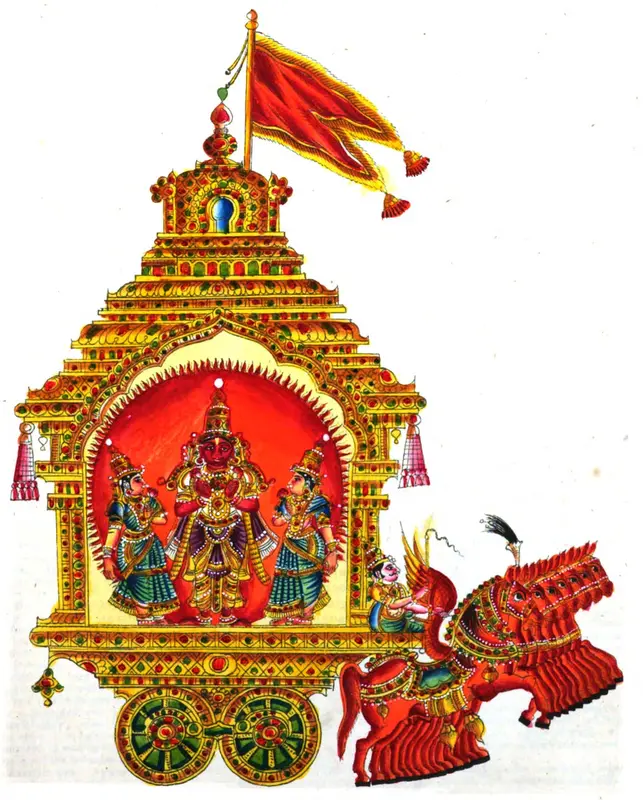
Surya, the God of the Sun, symbolizes cosmic might and radiance. Surya stands for the adoration of well-being, energy, and spiritual illumination.
Yama, the Lord of death and fairness decides post-life destiny, ensuring fitting recompense or penalties for souls.
Chitragupta, the celestial scribe, chronicles the actions of each person. These deeds shape their fate beyond life.
And many more.
Regional and Local Hindu Deities:
The inclusion of regional and local deities in Hinduism introduces an added layer of intricacy and opulence to the faith. These regional Hindu Deities mirror the profound entwining of spirituality with local culture, vividly illustrating Hinduism’s capacity to adapt and amalgamate with diverse traditions and perspectives from various locales.
The veneration of local Hindu Deities harmonizes seamlessly with the historical, geographical, and societal context of a specific region. These divine entities may personify aspects like safeguarding, fecundity, agriculture, and even historical figures or events holding relevance for the local populace. This bespoke approach to worship facilitates a personal nexus between individuals and the divine, intricately woven with their own encounters and environment.
These local Hindu Deities also epitomize Hinduism’s broad inclusiveness, either as extensions of the overarching pantheon or as exclusive embodiments of the divine. They confer communities a sense of identity and rootedness, nurturing a profound bond among people, customs, and spiritual observances.
In the realm of Hinduism, intricate deity concepts intertwine with distinct locales, groups, and lineages—think “Gram Devta,” “Kula Devta,” and “Sthana Devta.”
- Gram Devta: A nod to the village’s vigilant divinity, Gram Devta stands sentinel over specific spots. Packed with blessings, security, and direction for denizens, these deities deeply entwine in regional rituals.
- Kula Devta: Also “Kul Devi” or “Kul Dev,” Kula Devta embraces ancestral patronage. With familial roots and historical ties as a compass, diverse Kula Devtas shield and nurture kin. A guardian of well-being, indeed.
- Sthana Devta: Enter Sthana Devta—deities tied to shrines or settings. As spirits at home in spots like temples, rivers, or peaks, they’re hailed as divine embodiments in the local tapestry.
While major deities like Vishnu, Shiva, Durga, and others are worshiped across the country, these villages, families, and local deities play a significant role in connecting people to their specific cultural and geographical roots.
Furthermore, the coexistence of local and mainstream Hindu Deities creates an expansive framework that underscores the faith’s capacity to embrace a wide spectrum of convictions and rituals. This array of deities and their associated ceremonies reflects the intricate facets of human spirituality, recognizing the distinct resonance various communities may share with diverse aspects of the divine.
Symbolism and Iconography:
The intricate physical representations of Hindu deities teem with profound implications. Every element, from multiple arms to animal companions, harbors cosmic depths beyond the superficial. These symbols transcend mere ornamentation; they act as conduits for intricate philosophical tenets.
The prevalence of numerous arms across Hindu Deities encapsulates their all-encompassing omnipotence. Each arm embodies distinct attributes or powers, a testament to simultaneous cosmic functionalities. For example, goddess Durga’s ten arms brandish weaponry symbolizing both protection and the conquest of malevolence, encapsulating compassion alongside ferocity.
Hindu Deities’ animal companions serve as allegorical vessels for qualities. Ganesha’s rat companion signifies the surmounting of obstacles through humility, while Murugan’s peacock embodies controlled dignity. These allies personify mastery over various aspects of existence and cosmic forces.
Sacred items clasped by Hindu Deities also carry metaphorical potency. The lotus cradled by goddesses signifies enlightenment’s emergence from the mire of the mundane. The conch shell echoes the primal sound of creation and signals divine presence.
The forms deities assume mirror both immanence and transcendence. Human-like configurations denote divine accessibility while transcending human realms to embody cosmic essence.
These symbols intricately convey Hindu philosophy, weaving the material and spiritual. They encapsulate the equilibrium between the ephemeral world and eternal truths. Deities’ multifarious attributes reflect life’s intricacies, fostering a pursuit of harmony.
Myths and Stories:
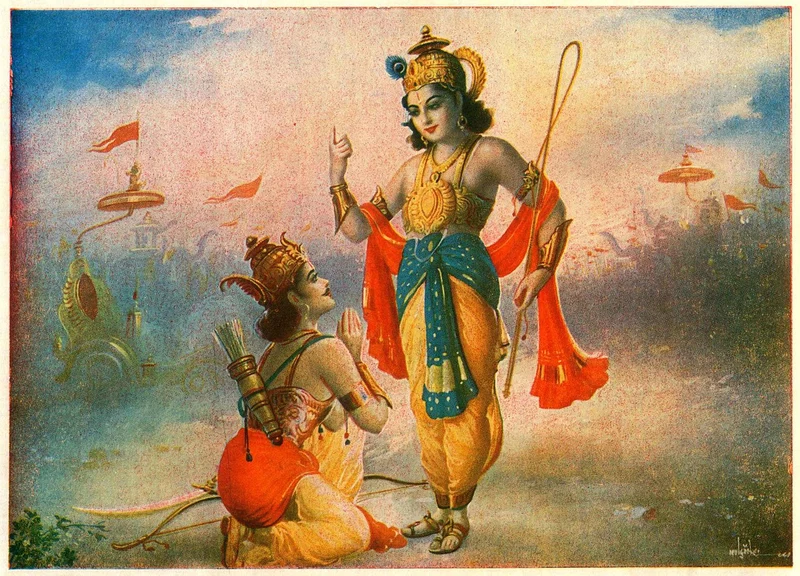
The dynamic mythology of Hinduism forms a complex tapestry interwoven with captivating narratives. These tales unfurl divine dimensions, cosmic dynamics, and human journeys, transcending temporal and cultural boundaries to resonate with both adherents and seekers.
Eminent myths associated with diverse Hindu deities carry profound symbolism and sagacity. Vishnu’s incarnation as Rama in the Ramayana epitomizes duty, virtue, and the conquest of virtue over malevolence. Rama’s unwavering devotion and just governance stand as quintessential embodiments of dharma, guiding generations along the path of righteousness.
Within the Mahabharata, featuring the Pandava-Kaurava rivalry, the Bhagavad Gita emerges, with Krishna bestowing profound teachings upon Arjuna amidst the battlefield’s tumult. Krishna’s counsel on duty, detachment, and the soul’s essence addresses the intricate nuances of life.
Lesser-acknowledged deities too hold narratives of import. Sudama’s tale epitomizes love eclipsing material wealth, while Prahlada’s unyielding faith against adversity illuminates the potency of devotion and divine guardianship.
These myths unfurl profound morals and philosophies, steering ethics and spiritual maturation. They delve into the intricacies of human nature, the pursuit of virtues, and self-realization. Amidst the struggles of both deities and mortals, these stories probe themes of righteousness, karma, duty, and the ultimate purpose of life.
Conclusion:
The realm of Hindu deities weaves an intricate and multi-dimensional tapestry, brimming with diversity, depth, and profound significance. From the ancient trinity of Brahma, Vishnu, and Shiva to the myriad regional deities, each encapsulates a unique cosmic facet. Ganesha embodies wisdom and new beginnings, while Durga and Kali personify strength and transformation. Rama and Krishna’s narratives embody duty, devotion, and virtue, and lesser-known deities harmonize the cosmos. These figures serve as wellsprings for art, literature, and rituals, shaping both global culture and spirituality.
To truly fathom the depths of Hindu Deities, one must immerse oneself in their stories and symbolism. Exploring their tales unveils insights into human existence, ethical considerations, and the intricate interplay between the physical and spiritual realms. Through scriptures, observances, and study, embarking on this journey not only enriches one’s understanding but also offers profound revelations about the complexities of existence. Delve into these narratives and teachings to uncover timeless wisdom that resonates across the expanse of time, culture, and the human spirit.
I aspire for this article to provide you with assistance. Should you discover value within these words, kindly contemplate sharing them with your loved ones. I invite you to spare a moment to offer your thoughts and appraisals below. For further remarkable content akin to this, I encourage you to delve into our website. Additionally, I extend an invitation to subscribe to my YouTube channel for forthcoming materials of similar nature. Lastly, feel unrestrained to establish a connection with me through social media. Wishing you a splendid day ahead!
हरि ॐ तत्सत्
FAQs:
Here are some frequently asked questions (FAQs) regarding Hindu Deities:

